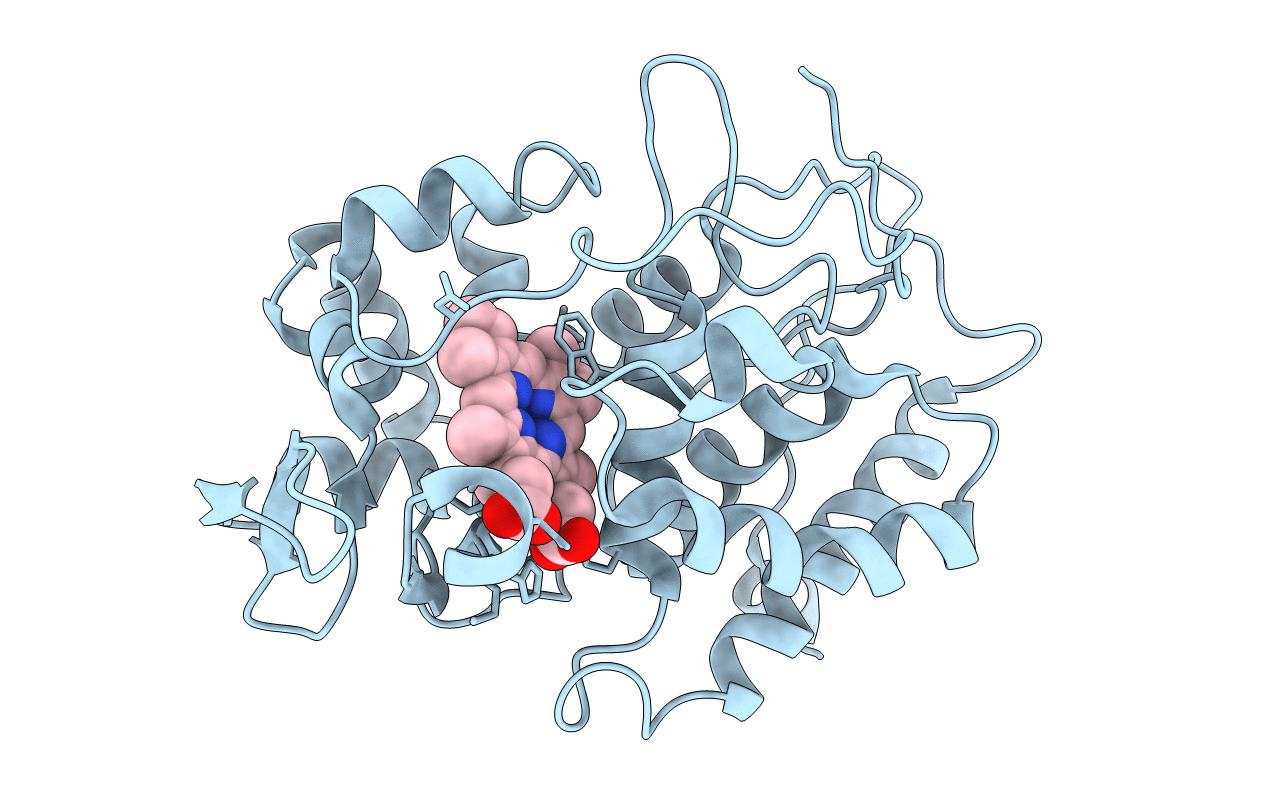
Deposition Date
1993-06-07
Release Date
1993-10-31
Last Version Date
2024-03-06
Entry Detail
PDB ID:
5CCP
Keywords:
Title:
HISTIDINE 52 IS A CRITICAL RESIDUE FOR RAPID FORMATION OF CYTOCHROME C PEROXIDASE COMPOUND I
Biological Source:
Source Organism:
Saccharomyces cerevisiae (Taxon ID: 4932)
Method Details:
Experimental Method:
Resolution:
2.20 Å
R-Value Observed:
0.15
Space Group:
P 21 21 21


